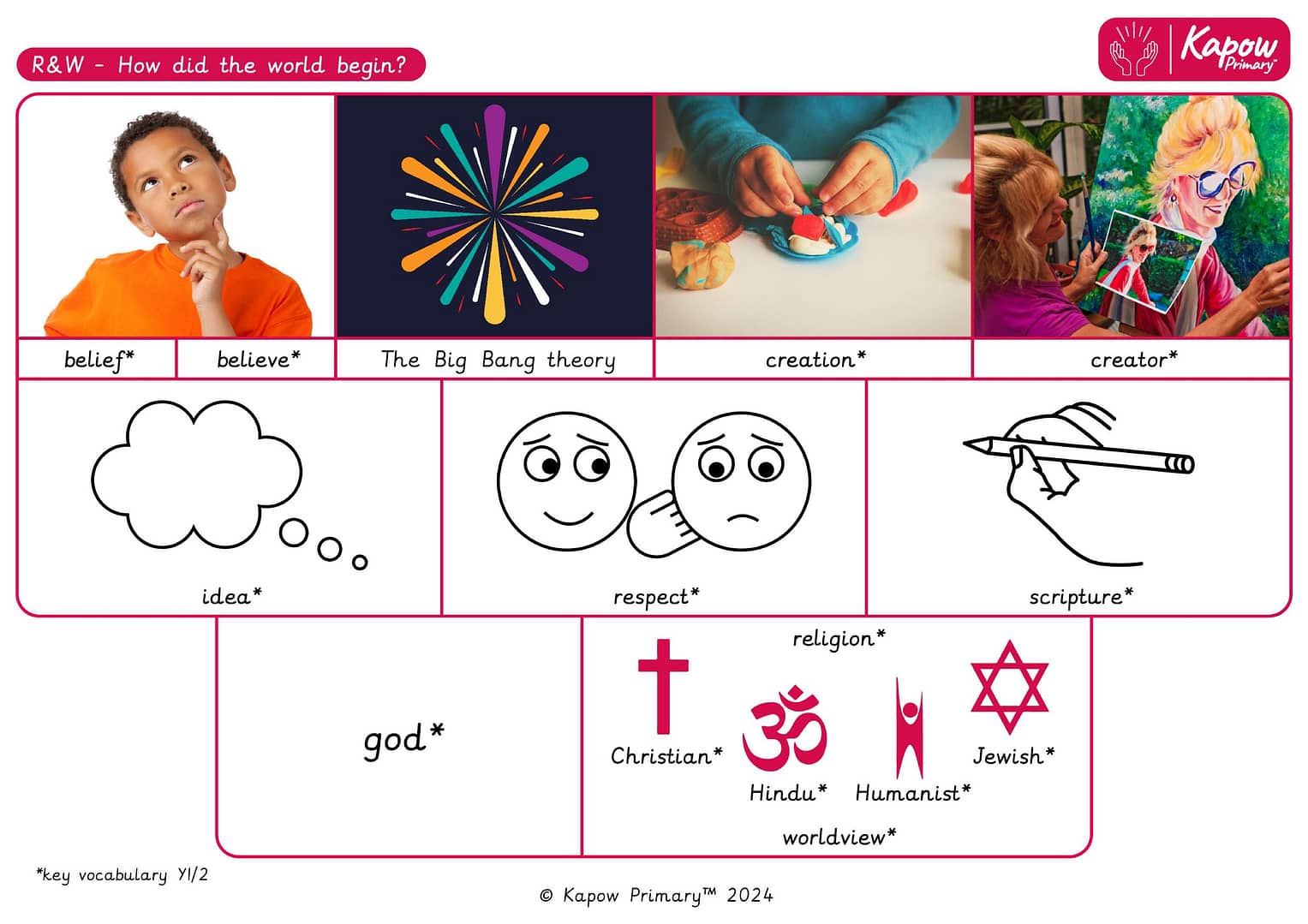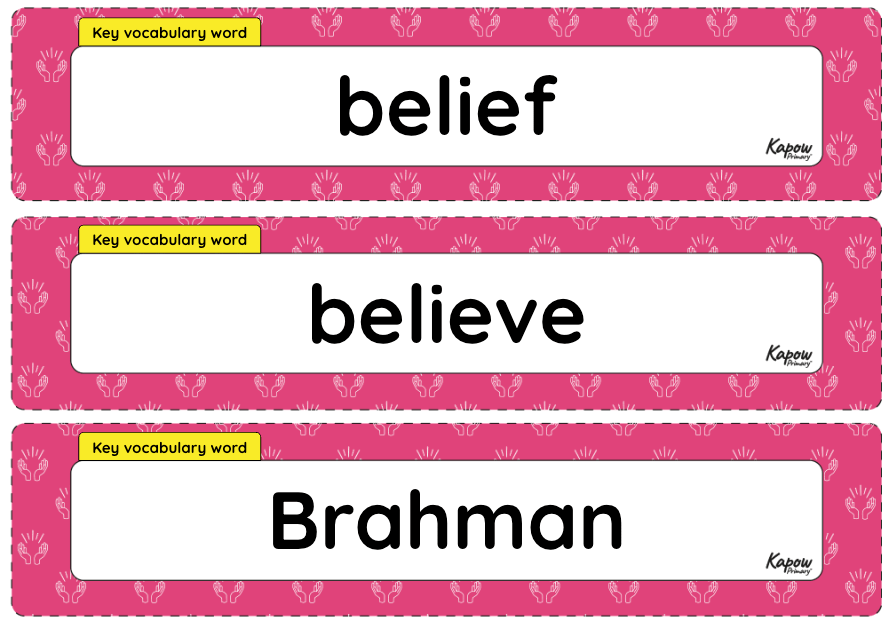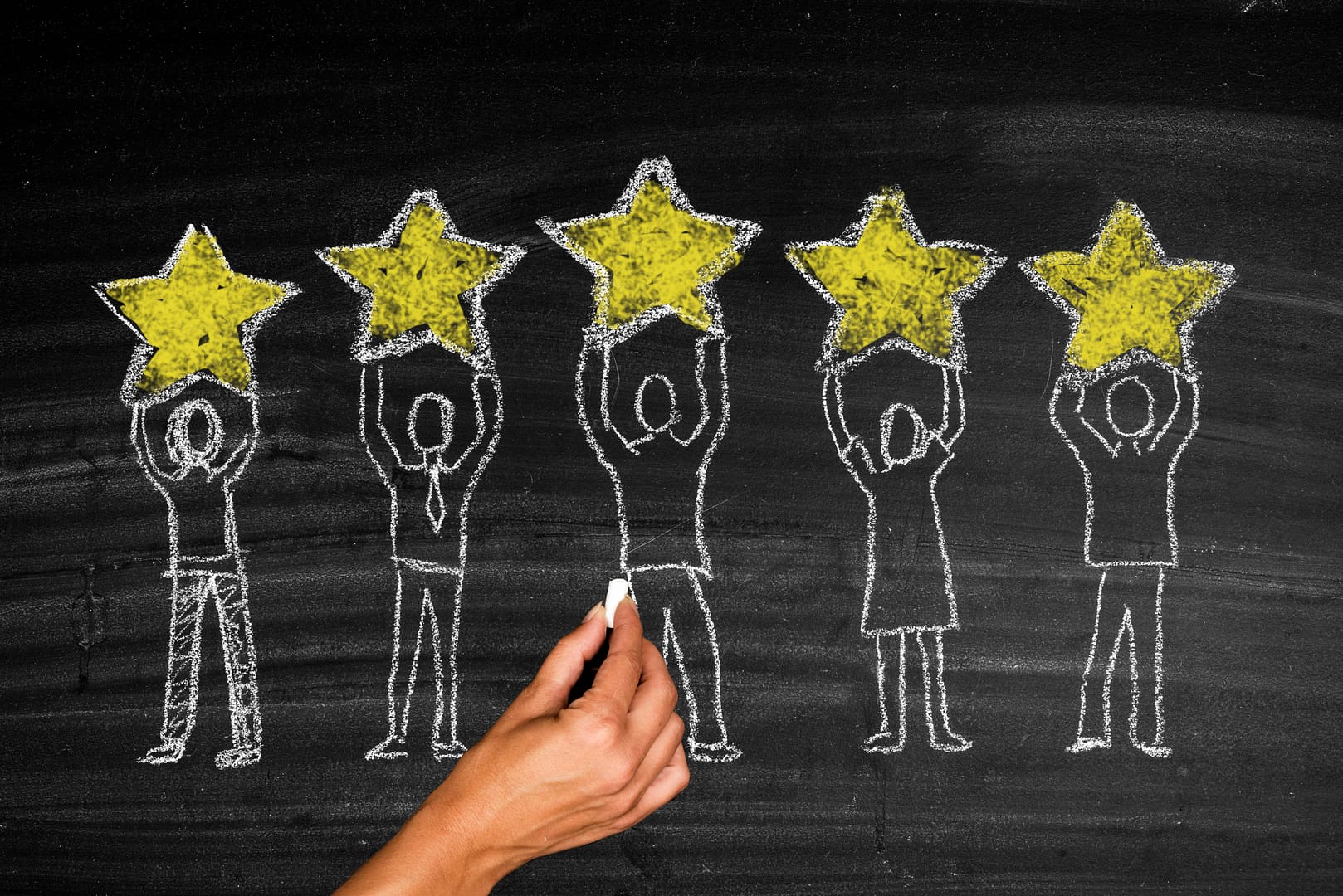Y1/2 (A): How did the world begin?
Exploring a range of creation stories in imaginative ways, children present their own ideas using art and language. They consider how creation stories help some people understand what God is like.
The Curriculum and Assessment Review final report has been released. We’re reviewing the recommendations and planning for future updates. Learn more
- Subjects >
- Religion and worldviews >
- Mixed-age >
-
Y1/2 (A): How did the world begin?
Unit outcomes
Pupils who are secure will be able to:
- Identify things which are natural and man-made.
- Discuss ideas about how natural things were created.
- Recall the key elements of the Jewish and Christian creation story in the correct order.
- Understand that some Christian and Jewish people believe the story explains how the world was created.
- Correctly order the key events of a Hindu creation story.
- Make some links between the Hindu creation story and the Christian and Jewish creation story.
- Choose appropriate adjectives and adjectival phrases from a selection to describe what people might think about God.
- Share their own ‘I wonder’ questions.
- Recognise that Humanists use evidence to understand how the world began.
- Create a thoughtful representation that reflects the Humanist belief of how the world began.
- Use art to express their ideas about how they think the world began.
Suggested prior learning
Y1/2 (A): What do some people believe God looks like?
Get startedLessons
Y1/2 (A): Lesson 1: What is creation?
- To identify what creation means in relation to the natural world.
Y1/2 (A): Lesson 2: What might some Jewish and Christian people think about creation?
- To recognise that some people believe God created the world by listening to the Jewish and Christian creation stories.
Y1/2 (A): Lesson 3: What do some Hindu people believe about creation?
- To recognise that there are different creation stories to explain how the world began.
Y1/2 (A): Lesson 4: What do creation stories suggest to some people about God?
- To express ideas about what a creator might be like based on creation stories.
Y1/2 (A): Lesson 5: How do some Humanists believe the world began?
- To know that many Humanists use science to understand how the world began.
Y1/2 (A): Lesson 6: Where did the world come from?
- To explore and express ideas about how the world began.
Key skills
Key knowledge
Related content
Unit resources

Knowledge organiser – R&W Y1/2 (A): How did the world begin?
Aimed at pupils, a single page that gives key facts and definitions from the unit 'How did the world begin?'.

Vocabulary display – R&W Y1/2 (A): How did the world begin?
A display version of the key vocabulary from the 'How did the world begin?' unit.
Cross-curricular opportunities
English: Spoken language, reading.
Science: Everyday materials, working scientifically.
Maths: Number – number and place value.
Geography Human and physical geography
Art and design
RSE

